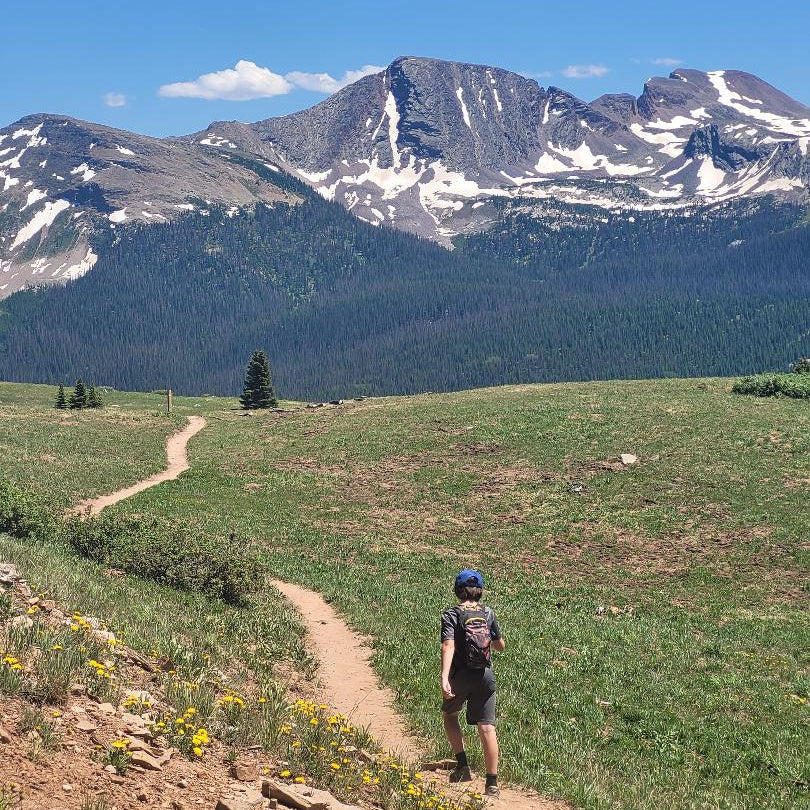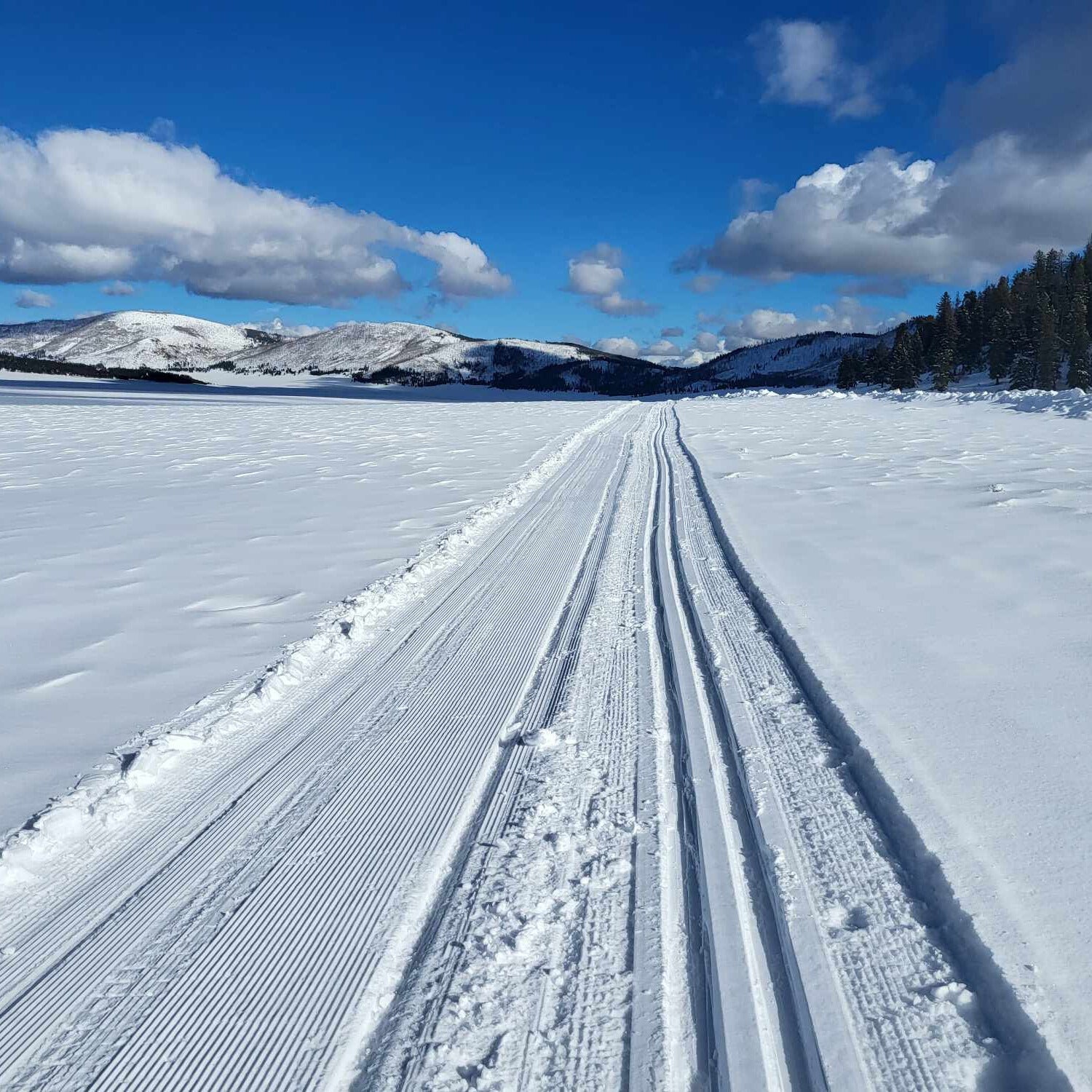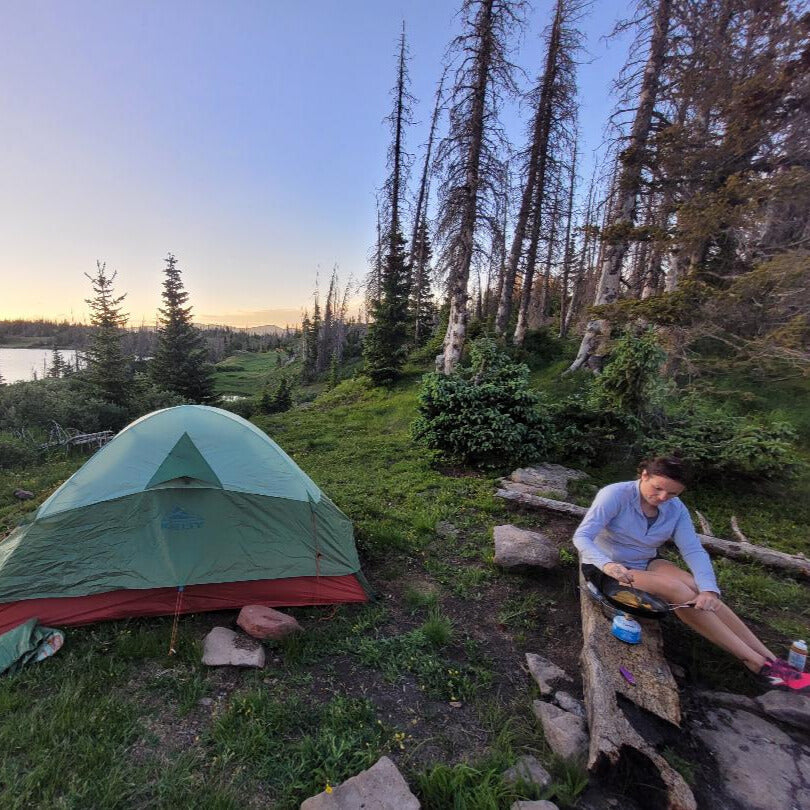Your Cart is Empty
accepting gear drop offs Mon-Sat 10am-5pm. No Consignment acceptance on Sundays.
accepting gear drop offs Mon-Sat 10am-5pm. No Consignment acceptance on Sundays.

The Durango area has hundreds of miles of trails open to hiking, leading you everywhere from quiet in-town riverside trails to 13,000-foot peaks–all of which can be done as a day hike.
Whilethe scenery may be memorable, your hike will be better if you are prepared for what you might encounter on and off the trail. Packing a few essentials will ensure you are safe, warm (or cool), and happy. Here’s a list of items to consider when packing to hike in Durango.
Backpack: A comfortable backpack with a capacity of around 20-30 liters should be good for a day hike. Make sure it fits you properly and isn’t uncomfortable, too tight, or too loose. Also consider features like accessible pockets, hip and shoulder pockets, and waterproofness.
Water: Bring at least 2 liters of water per person to stay hydrated, especially at higher elevations where dehydration is a risk. Summer can be hot in Colorado, even in the mountains, and becoming dehydrated is among the most dangerous things that can happen. Venturing to a spot with water? If so, it makes sense to pack a small water filter. The new generation of water filters is surprisingly affordable, light, and easy to use–stop byDurango Outdoor Exchange to learn more. Tip: If it’s hot, drink a liter or more on the drive to the trailhead–pre-hydration can go a long way.
Food: Pack high-energy snacks like trail mix, granola bars, nuts, and fruits to keep your energy levels up. Tip: Packing protein bars for the first time? Try one the day before–not everyone’s tummy agrees with the density and mouth-feel of protein bars.
Navigation: Carry a GPS device to help you stay on the trail, especially if you're hiking in unfamiliar territory. The Colorado Trail Explorer (COTREX) app shows all local trails and has an option so maps can be downloaded for easy off-line use. Remember to charge that battery and bring along a power bank.
Sun protection: Colorado's high altitude means intense sun exposure. Bring sunscreen, sunglasses, and a wide-brimmed hat to protect your skin and eyes. Also consider lightweight long-sleeve shirts with hoods and built-in SPF protection. Your dermatologist will thank you.
Clothing: Dress in layers to accommodate changing weather conditions. Include moisture-wicking base layers, insulating mid-layers, and a waterproof outer layer. Don't forget extra socks and a hat and gloves if it's cold and wet. Headed into the high country in June, July, or August? Keep in mind that severe thunderstorms can develop in less than an hour, and that snow can fall all summer long, as can hail.
Footwear: Wear sturdy, comfortable shoes with good traction to navigate varied terrain. Not a frequent hiker? There’s no need to spend a lot of money on shoes you rarely use–buying used can be a great bargain. Planning on a hike with a lot of mud or water crossings? Hiking in sandals like Chacos is perfectly acceptable as long as they fit snugly.
No need to go overboard, but a few extras may make sense:
First aid kit
Emergency shelter such as a space blanket or bivy sack
Multi-tool or knife
Headlamp or flashlight
Fire starter
Whistle
Personal ID and contact information
Trash bag
Trekking poles
Insect repellent
Durango has oodles of trails both in town and just outside, with nearly endless options. Did you know you can hike from the city limits all the way to Denver on a single uninterrupted trail?
Some hiking locations include:
La Plata Canyon: Follow old mining roads to rarely visited peaks
Animas River Trail: Right in town, spot birds and the train
Colorado Trail: Starts in Junction Creek and leads 567 miles to Denver
Coal Bank Pass: Wind through old forests for an eye-popping view of Engineer Mountain
Cascade Creek: A mellow hike that leads to numerous waterfalls and a big broad meadow
Looking for something else? Stop byDurango Outdoor Exchange and let our expert staff suggest something for you!

Thanksgiving is almost here–and skiing this early is always a gamble. Here are some non-skiing warm(er) weather destination ideas for the long break.

Just a couple hours from Durango, Valles Caldera is a great cross-country skiing destination, with surprisingly good snow and very few visitors.
Valles Caldera National Preserve is a popular hiking destination in the summer and a surprisingly great skiing destination in the winter.

When spending one night (or many) in the backcountry, a warm dinner at night and hot beverage in the morning can make the difference. That invariably involves using a stove of some sort–but which one?
Stove technology has been around for decades, but new tech is making them lighter, more efficient, and more dependable than ever before. Here’s a rundown of the different kinds of backpacking stoves: